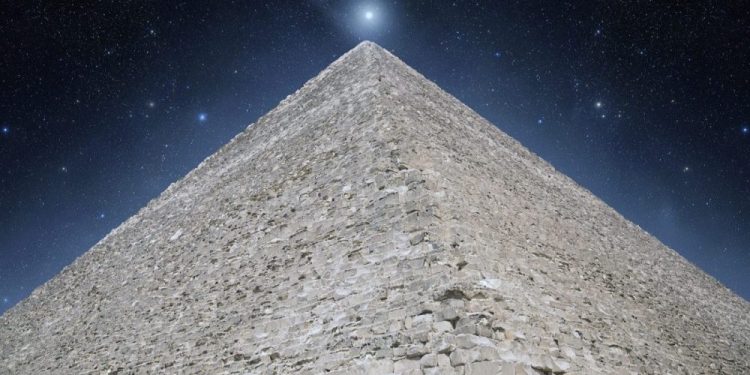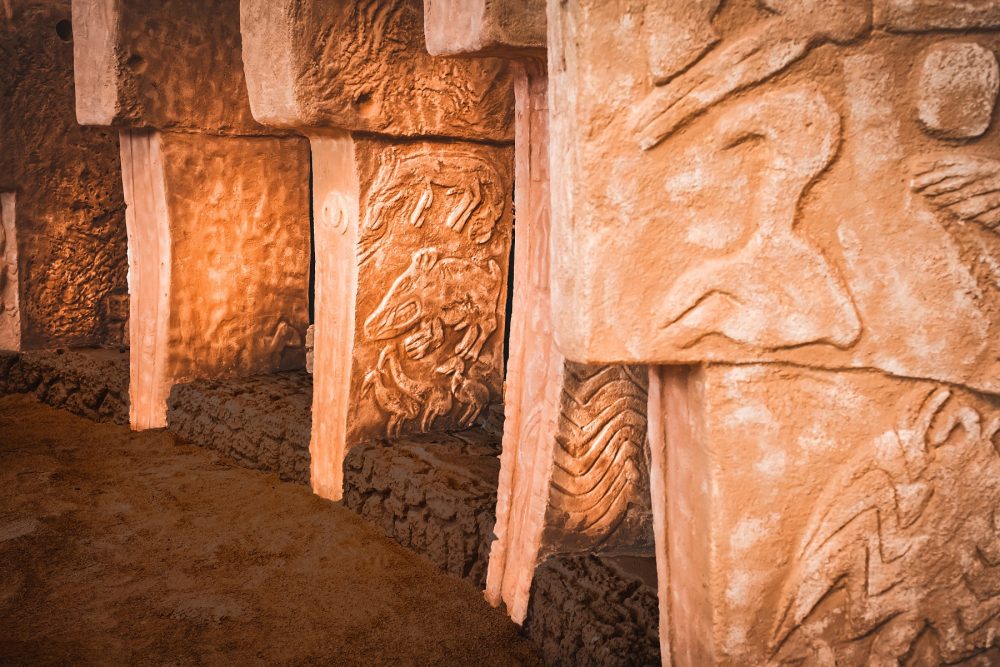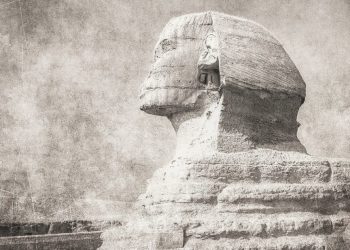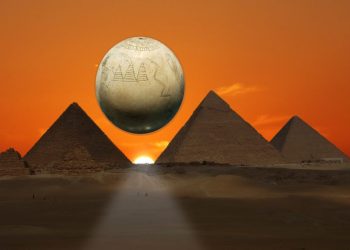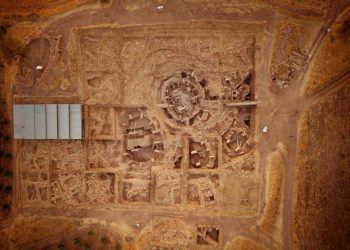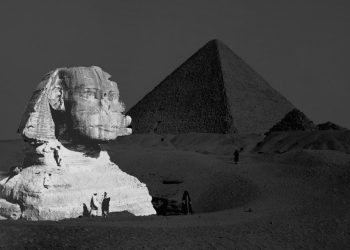Not only is the Great Pyramid of Giza a wonder of ancient engineering because of its age and immense size, but it is also one of the most incredible structures ever built on Earth, thanks to its vast history. Although the pyramid has existed for more than 4,500 years, we still have not fully explained how the ancient builders completed such a massive architectural project.
Whatever they did, and however they did it, the pyramid’s builders made sure this massive structure—believed to be built as a tomb for the Pharaoh—has survived the test of time and is the only remaining standing structure of the seven ancient wonders of the ancient world.
And because the Great Pyramid has fascinated millions of people around the globe since time immemorial, we have gathered in this article 15 interesting points that show why the Great Pyramid of Giza is one of the most advanced structures ever built by human hands. It is a massive structure: According to experts, the volume of the Great Pyramid of Giza is 2,583,283 cubic meters.
The most fascinating pyramid
To build Giza’s great pyramid, the ancient builders used around 2.3 million stones weighing, on average, 3 tons. The Great Pyramid of Giza was the most accurately aligned structure on the planet’s surface, facing true north with only 3/60th of a degree of error. The Great Pyramid of Giza’s alignment is mind-boggling. Experts have determined that the Great Pyramid of Giza was located at the exact center of the landmass on Earth upon completion.
The east/west parallel that crosses the most land and the north/south meridian that crosses the most land intersect in two places on the planet’s surface: One is in the ocean and one at the location where the Great Pyramid stands today.
An eight-sided pyramid
The largest of the pyramids at the Giza plateau is also the only known eight-sided pyramid on the planet’s surface. The four faces of the Great Pyramid are slightly concave, making it the only pyramid built this way.
But this structure is fascinating for more reasons than you’ve ever imagined. The Great Pyramid is the only pyramid in Egypt built with descending and ascending inner passages.
When it was complete, the Great Pyramid and its accompanying structures shone like a bright star. Historians say the pyramid was covered with casing stones (made of highly polished limestone).
The Pyramids and their Myths
This is one of the main reasons why the ancient Egyptians referred to the pyramid in ancient times as “Ikhet,” meaning the “Glorious Light.”
The Great Pyramid has always been a source of incredible stories and mystery. When the Arabs first entered it in 820 AD, the only thing found inside was an empty granite box in the King’s chamber called the “coffer.” This doesn’t make much sense. If a Pharaoh built such a massive structure as his tomb, you’d expect it to be filled with immense treasures and offerings for the Pharaoh to take to the afterlife.
Furthermore, the outer mantle of the Great Pyramid was composed of 144,000 casing stones. According to scholars, all of them were highly polished and flat to an accuracy of 1/100th of an inch, about 100 inches thick, and approximately 15 tons each.
Massive blocks
Experts estimate that as many as 5.5 million tons of limestone, 8,000 tons of granite (imported from Aswan), and 500,000 tons of mortar were used to construct the Great Pyramid. The largest granite stones in the pyramid, found in the “King’s” chamber, weighed 25 to 80 tons and were transported from Aswan, more than 800 km(500 mi) away.
In fact, the oldest papyrus ever discovered, written in the fourth dynasty of King Khufu, for whom the Great Pyramid of Giza was supposedly built as a tomb, is the only ancient text that mentions the construction of the Great Pyramid.
Unlike other Pyramids in Egypt, the Great Pyramid is specific for another fundamental reason. A study of the structure has discovered that the Great Pyramid of Giza can focus electromagnetic energy.
According to the night sky analysis and computer models, researchers determined that the southern shaft in the King’s Chamber pointed to the star Al Nitak (Zeta Orionis) in the constellation Orion around 2450 BCE. Curiously, Orion was associated with one of the most prominent ancient Egyptian gods, Osiris. Furthermore, the Descending Passage of the Great Pyramid is believed to have pointed towards the pole star Alpha Draconis, circa 2170-2144 BCE.
Join the discussion and participate in awesome giveaways in our mobile Telegram group. Join Curiosmos on Telegram Today. t.me/Curiosmos



